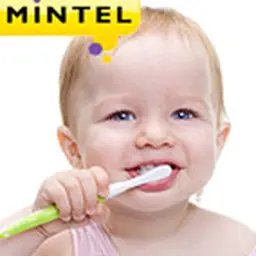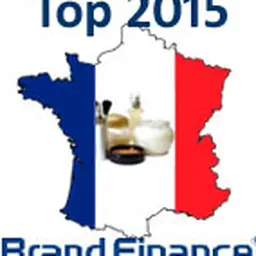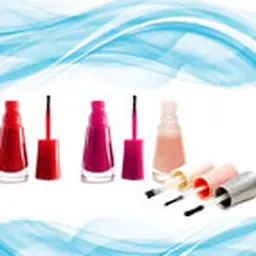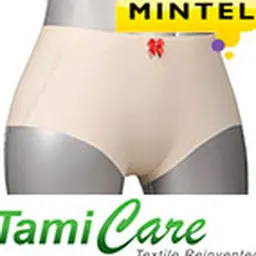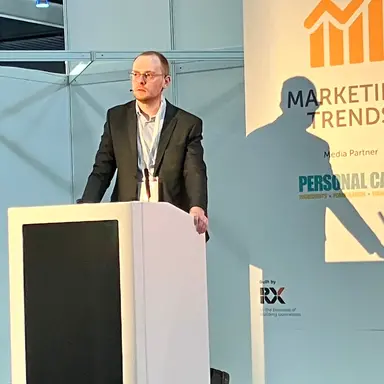
Formulation, ingredients, positioning… the hair care sector is in full change since the end of the health crisis. On the occasion of in-cosmetics Global 2023 (held in Barcelona from March 28 to 30), Connor Spicer, Senior Research Analyst Beauty & Personal Care at Euromonitor, took the stage to better explain the new hair trends of the moment.
“In 2022, the cosmetics industry generated $527 billion. 16% of global beauty sales come from hair care,” Connor Spicer said in a preamble. “The hair care industry struggled at the height of the pandemic, but is beginning to show signs of resilience.”
Economic trade-offs
Due to the economic crisis, consumers’ beauty budgets are shrinking.
According to the expert, the general public is slowing down the frequency of hair care purchases. “The public is choosing quality over quantity. There is a renewed interest in premium lines.”
Skinification
Hair products are increasingly formulated in the same way as skin care products.
Consumers no longer just want clean hair, they want to:
• Make dandruff disappear
• Have a healthy scalp
• Have deep repair
• Prevent alopecia or baldness
• Boost growth
• Protect hair from the sun
They also want care that limits the impact of heating appliances (straighteners, curlers, etc.).
“The Covid-19 crisis has raised awareness of hair health,” says Connor Spicer. “Consumers are in a preventive approach. In fact, the number of units of hair products with ‘cosmetic’ benefits has increased significantly between 2021 and 2022.”
To increase the effectiveness of their ranges, brands are using more and more …





